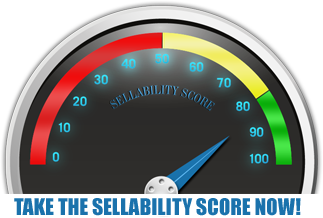For business owners, the New Year is an ideal time to reflect on long-term goals for your organization. A banker can provide valuable insight on trends in your industry and the market as a whole.
We talked to George Shea, Managing Partner at Focus Investment Bank, and Keith Dee, Founder and President of Osage Advisors, about a few of their insights for M&A going into 2017.
For those looking to explore a transaction in 2017, “my biggest advice is to begin thinking long before you execute, whether you do it on your own or hire an investment banker,” says Shea. “Make sure you have your financial house in order and understand the key metrics of your business — you should be able to slice and dice your financial information quickly and efficiently.”
3 M&A Insights
- “Search funds have proliferated the lower middle market.”
Search funds typically comprise individuals who are looking to buy and then operate a company (usually one smaller in size than the typical target for a private equity firm). “There were a handful of search funds five years ago, and now they’re everywhere,” says Dee. “When a business does not fit the overall objectives of either a strategic buyer or private equity fund, search funds provide a viable option for owners looking to sell their businesses.
Promoted as part of top MBA programs, “they’ve become a generational trend for young entrepreneurs who want to buy a business and who have an investor base backing them up.” He notes that search funds tend to be conservative when it comes to valuations — he estimates 90% will be below strategics or even private equity — “because they will become the owner-operator of the business and have to go back and sell the deal to their investors who write the checks for them.”
- “Private equity is going upstream.”
“I’ve found equity investors are less interested in small add-ons unless they meet very stringent investment criteria,” says Dee, who typically works with companies between $1-$5 million in EBITDA.
“This is especially true for sub-$2 million deals, an area they were much more aggressive in a couple of years ago. With the money they’re raising now — half billion dollar funds vs. quarter billion dollar funds — it might not make sense as they are looking to deploy more capital per transaction.”
This may mean smaller companies looking to sell turn to strategic buyers, search funds, or independent sponsors (also on the rise).
- “It’s still a seller’s market.”
We’re not at the peak of the seller’s market yet, according to Dee. “There’s so much money in the lower middle market, and even more being raised on the equity side. Equity investors and strategics alike are all looking for quality deal flow. It all comes back to supply and demand. It continues to be a seller’s market due to a short supply of quality companies, and I’m not sure when the pendulum will switch to a buyer’s market.”
“Timing is everything,” he adds. “You always want to be selling on an uptrend. You don’t have to be selling at the top of the market, but you do want to be selling on positive trends both in terms of sales and EBITDA.”
This article provided courtesy of Axial – and written By Meghan Daniels,| December 15, 2016
www.axial.net
Would you like to find out how well positioned your business is to be sold?
Complete the “Value Builder” questionnaire today in just 13 minutes and we’ll send you a 27-page custom report complete with your score on the eight key drivers of Value Builder. Take the test now:




